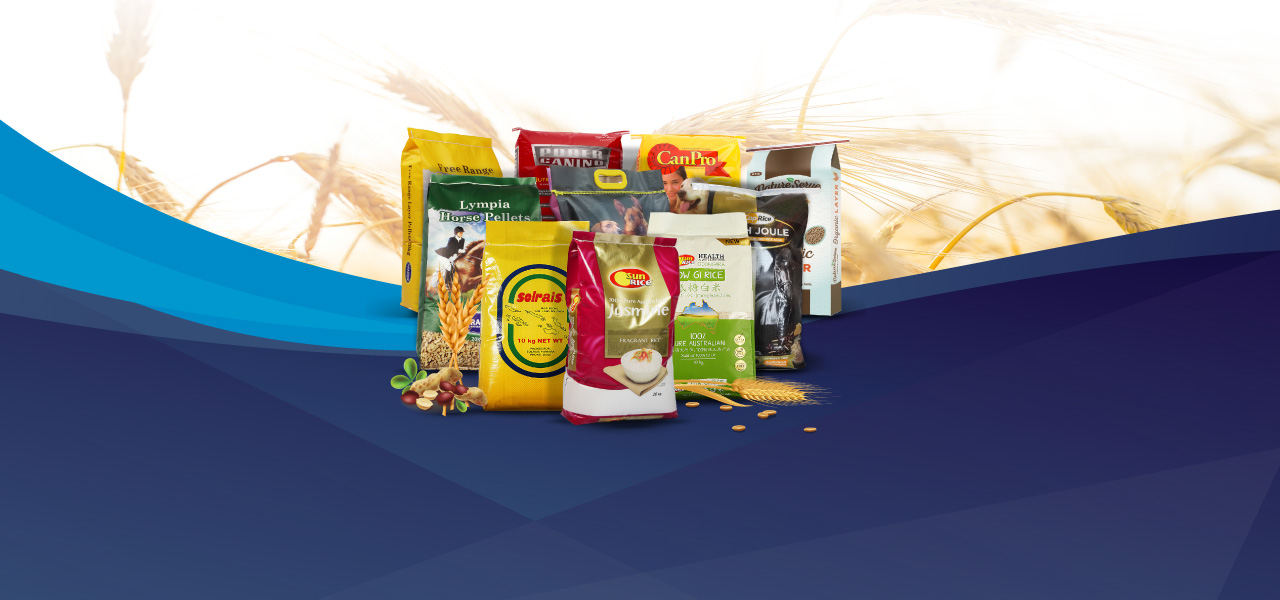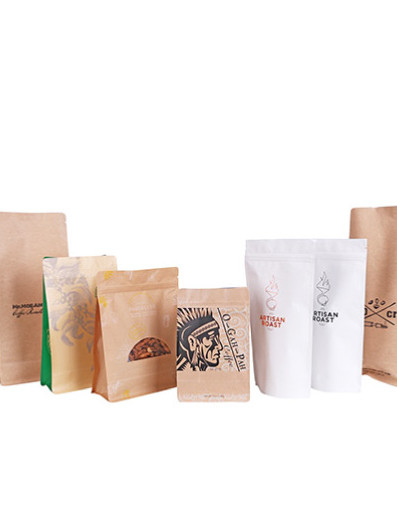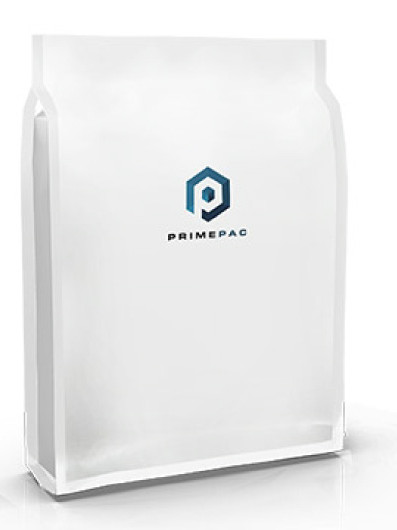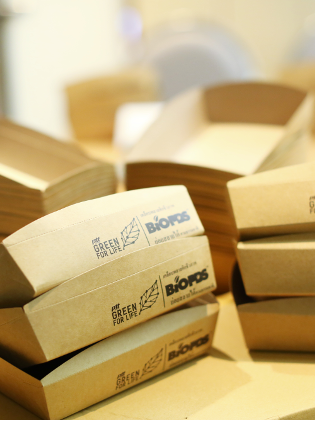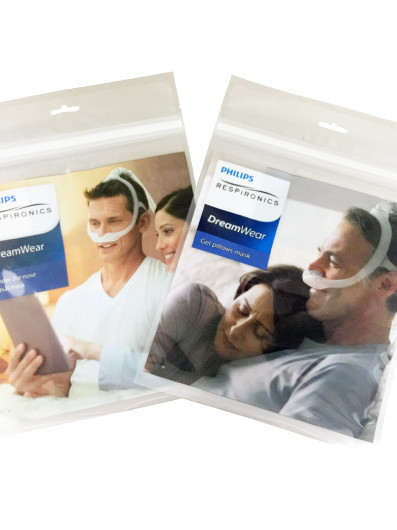All you need to know about paper packaging!
4 types of paper packaging
In total there are 4 major types of paper packaging in the industry.
When it comes to paper packaging there is a lot to take in, like did you know that there are in fact 4 different types of paper packaging? Not all packaging is suitable for food and Australia and New Zealand have new guidelines and laws which will affect your business! By reading this article you will have a better understanding of what you need to do for your business paper packaging needs.
The first on our list is Kraft packaging, Kraft packaging is a type of paper packaging specially designed in the 1880s by Carl, F. Dahl in Germany. He found by treating the paper pulp packaging with certain chemicals he was able to create a stronger, more resilient type of package.
Why the word Kraft?
So why the word Kraft in Kraft packaging? Well in German it means “strength”.
What is kraft packaging made of?
Like normal paper, the packaging is made of wood pulp, with an extra ingredient, sulfate, which increases the strength of the paper. In general, there are two major types of Kraft packaging. Type one: Coated unbleached Kraft (CUK), and type two coated recycled Board (CRB).
CUK paper packaging
CUK is the most standard and basic version of the Kraft paper packaging with it following the basic patent principles of Kraft paper. This version has benefits of being thin, tear resistant, and a high degree of stiffness.
CRB packaging
This Kraft packaging is made from recycled paper, which tends to make it a cheaper alternative to CUK paper packaging. However, it does have its downsides due to having less strength/tear resistance vs CUK however where strength/tear resistance problems are non-existent/low cause of concern CRB is a great way to save costs for your business!
Is Kraft packaging eco-friendly?
Kraft packaging is 100% eco-friendly. Left to nature it will naturally degrade within a few weeks leaving no trace behind. Or better yet it can be sent to be recycled to be used again. To sum up Kraft packaging is a strong, eco-friendly package.
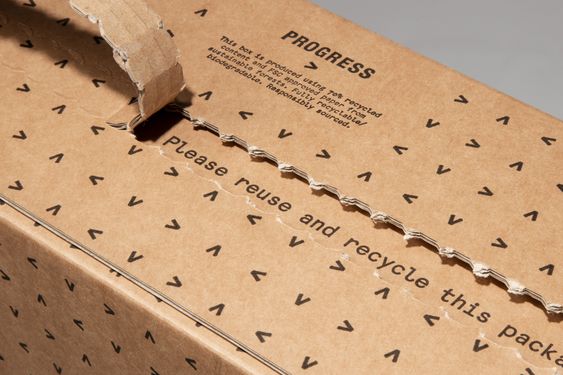
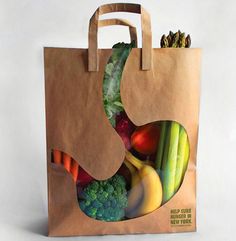
Main uses for Kraft packaging
You all see Kraft packaging designs on a daily basis. They are perfect for groceries, fast food restaurants, clothes bags, gift wrapping, hey you can even make your business cards out of them to give that extra strong message about your business commitment to the environment! Kraft paper can be used for a multitude of different areas.
What is white cardboard?
White cardboard or paperboard is another popular choice of paper packaging. The major difference between cardboard and paper is obviously the thickness. Cardboard in general terms is thicker than 0.3mm and a grammage of 250g/m2. It was invented in England in the 1860s as a way of storing products. Like Kraft paper it is easy to ship. Cardboard also has the advantage of being able to be flat-packed and set up on site.
What is it used for?
White cardboard is used on a daily basis from everything to TV boxes, to storage to milk cartons. The use of cardboard is only limited to your imagination.
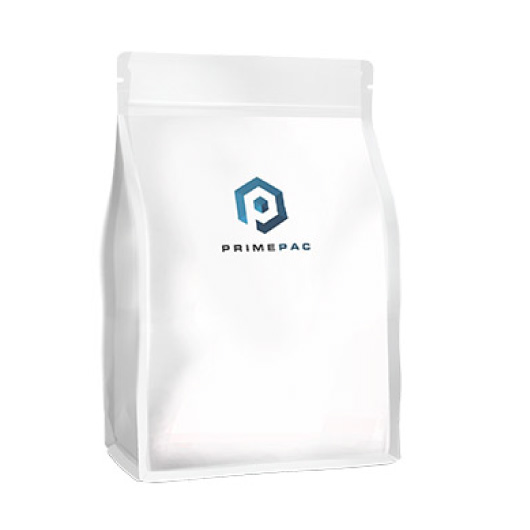
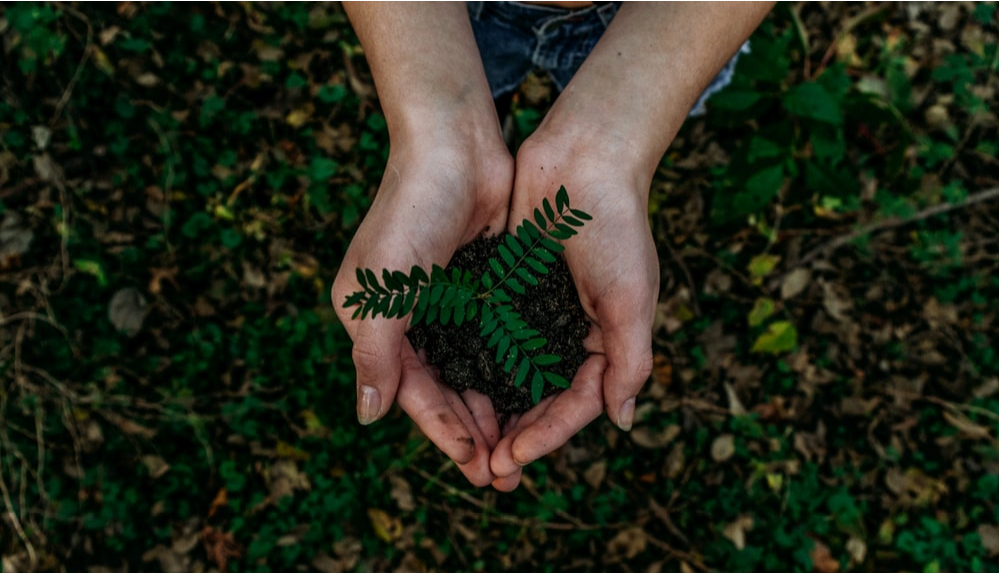
Is white cardboard environmentally friendly?
Cardboard like Kraft packaging is generally 100% biodegradable. There are however instances of cardboard not being completely environmentally friendly. The first instance is when a plastic or wax seal is layered on top which makes it harder to recycle. Another is like Kraft paper it becomes more environmentally friendly when the material is redistributed to the market via recycling.
What is coated paper?
Coated paper is paper which has a layer on top to stop liquids soaking in such as ink. This design choice can completely change the overall feel of the product.
Coated paper vs uncoated paper
Coated paper is what gives you that shiny, matte, glossy or semi-glossy feel to your design while uncoated paper is paper which allows liquids to soak in easier. You can think of it like the inside of a book is uncoated paper. while your milk carton is coated paper.

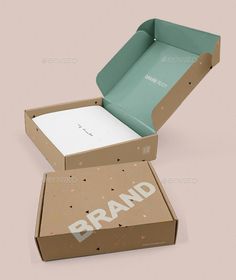
Is coated paper packaging recyclable?
Almost all paper nowadays is recyclable however coater paper packaging is generally more expensive to recycle especially if it is covered in plastic, aluminium, wax, gummed or anything similar. Thankfully in Australia that magazine style coated paper package is able to be recycled though if you’re looking for a more environmentally concious option either cardboard or Kraft paper is the better option where possible.
About Offset paper
Offset paper is simply uncoated paper. It is the method of getting paint/ink onto uncoated paper packaging. It is the thinnest and simplest packaging of all 4 paper packages described in this article. Its major advantages are the cost and a generally higher consistency of image quality. It is more used for products such as envelopes, catalogs, newspapers, and so on. It can however be used in some cases for food packaging. Offset paper is also able to be recycled and can fully decompose.

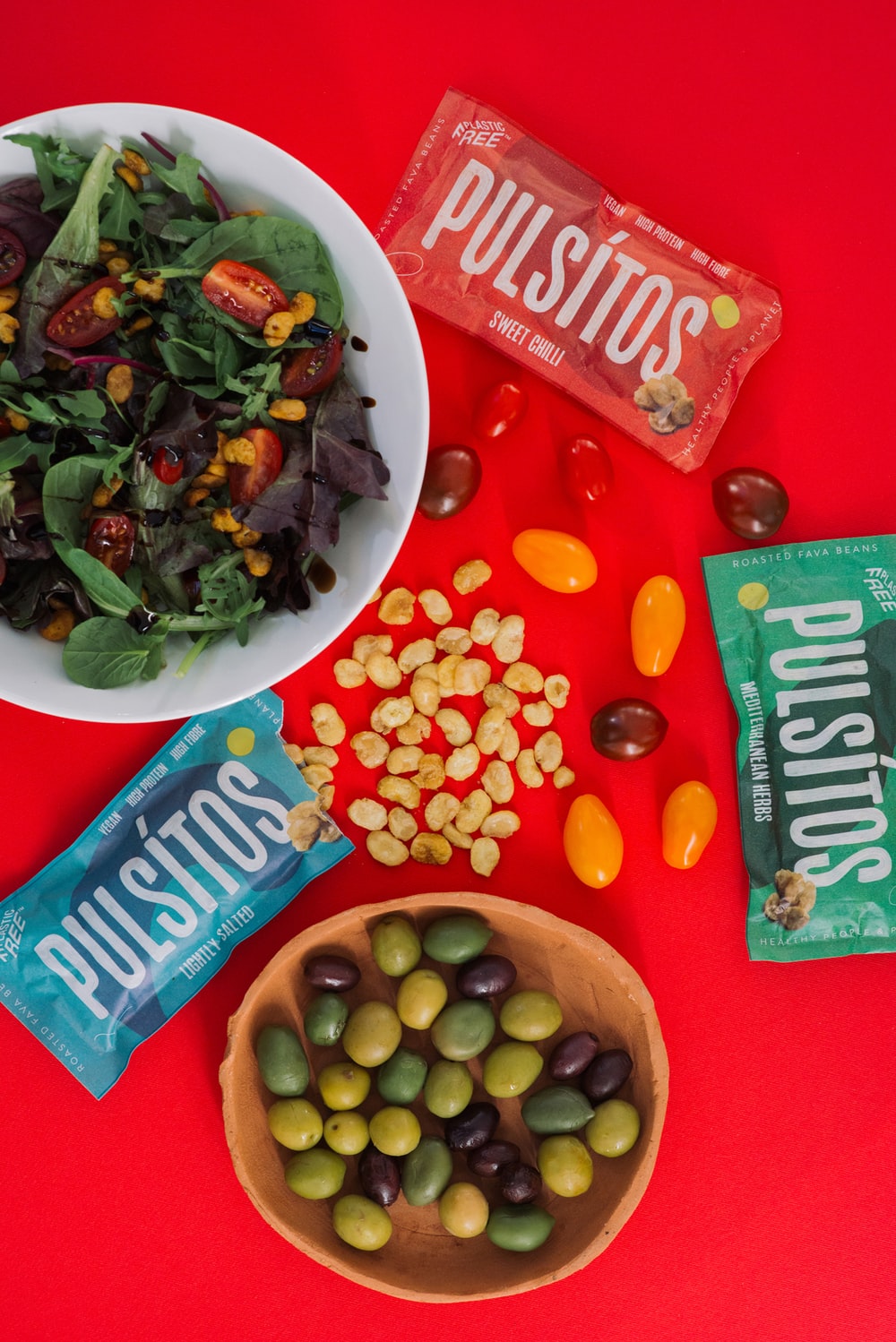
What type of paper packaging is allowed for food in Australia
Up above we have covered basic paper packaging, however, a large proportion of the packaging market goes to food. This industry has a lot of health and safety laws. In terms of what is allowed for food packaging in Australia we need to look at FSANZ (Food Standards Australia New Zealand) for guidance. Specifically 4 chapters:
- Introduction and standards that apply to all foods
- Food Standards
- Food safety standards
- Primary production standards.
1. The food packaging must be safe
2. The packaging must be capable of being swallowed or obstructing any alimentary or respiratory passage
3. It must not cause bodily harm, distress, or discomfort if taken into the mouth
a) This standard also included moisture absorbers, mold inhibitors, oxygen absorbers, promotional materials, and writing/graphics in/on the package
4.This standard is applied to all food that is imported intended to be sold
5. Packaging used in contact with food does not cause the food to exceed permitted levels of metals, non-metals, or natural toxicants
6. Chemicals used to make food packaging should not present known hazards to the consumer
7. Packaging must comply with the maximum limits in food for carious food packaging chemicals
8. Packaging will not impact the safety and suitability of the contacted food
9. Recycled and reused materials may be used for food packaging applications provided they are suitable and won’t contaminate food
10. Packaging must be used which is fit for its intended use and only use materials not likely to contaminate food
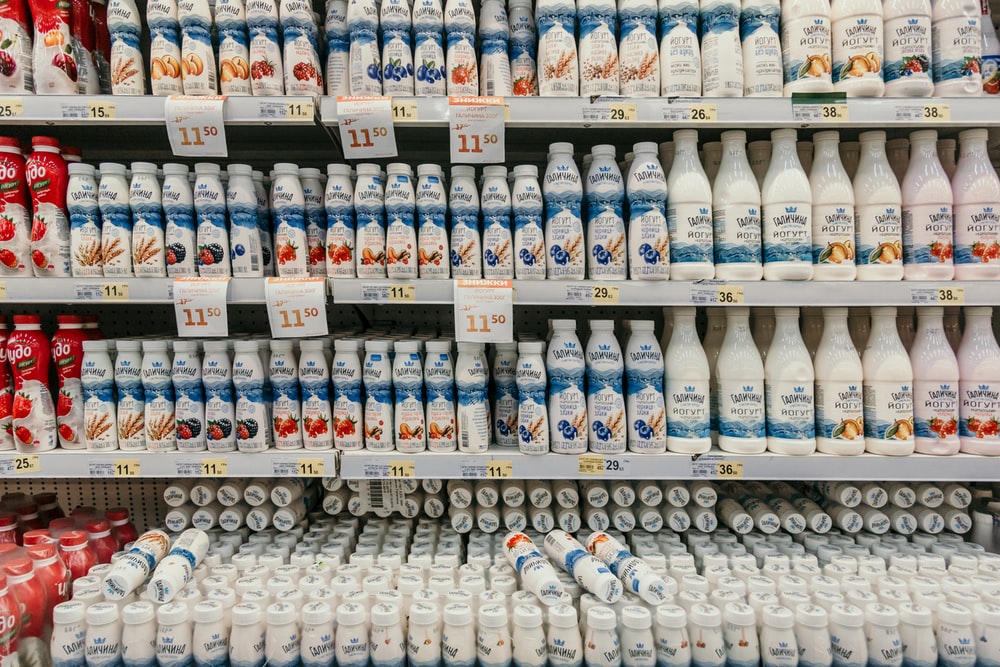
Australia and sustainable packaging
So we have covered the most common types of paper packaging, current laws inside Australia but what makes packaging sustainable? For a complete document detailing everything your business needs to know about sustainable packaging we recommend reading this PDF:
Down below we have listed and briefly summarised the 10 points your business needs to be aware of when purchasing packaging.
What do businesses need to be aware of when designing and purchasing sustainable packaging?
There are a total of 10 major points your business needs to be aware of in order to create sustainable packaging. We have listed them down below.
1. Design for recovery
Australia has a goal of 100% of packaging to be reusable, compostable, or recyclable by 2025. What this means for you is whenever buying packaging you need to be aware of these principles and have the best possible plan for what will happen to your packaging after it served its initial purpose. Aka it needs to be A. reusable B. compostable, C. recyclable D. all/a mixture of A, B, and C.
2. Optimise material efficiency;
This one is pretty straightforward. If the package can be made smaller, thinner, lighter, less wasted packaging without compromising the effectiveness/safety of the package then where possible do so.
3. Design to reduce product waste;
This aspect is more to do with the overall creation of your packaging and can be defined in two ways.
A. How much waste is created, creating your product. Are you able to reduce the amount of waste from aspects such as poor quality, storage waste, purchasing of additional material, and so on?
B. How much of your product is wasted due to the end consumer. E.g is the food servings optimized per packet to reduce waste.
4. Eliminate hazardous materials
Simply put ensure the packaging you use avoids toxic/harmful substances to humans or other living organisms. Where they are unavoidable look at potential ways to reduce their impact/overall usage in the packaging. Your packaging needs to meet Australian and/or international standards such as the EU packaging and packaging waste directive. If the product needs to have some hazardous materials you will need to make sure it is labeled correctly to help with alternative collection/recycling programs.
Where possible use recycled materials. Consider adding a higher percentage of recycled content where possible without increasing the risk/function of the package to unacceptable levels. Overall add more recycled materials into the packaging supply chain where it is possible to do so.
6. Use renewable materials;
A renewable material is “Material that is composed of biomass from a living source and that can be continually replenished. Renewable materials include paper and cardboard from sustainably grown wood fiber, or a biopolymer from a sustainable source.” aka where possible use more renewable materials in your packaging.
7. Design to minimise litter
This requires you to know how and where your packaging will be used. Is it possible to reduce the overall amount of potential pieces of litter (think a plastic bottle has the container, lid, and wrapper)? It also requires adding advice on the correct disposal procedures.
8. Design for transport efficiency
This requires you to take into mind optimal transportation. This requires you to think about pallet, weight, how easy is the package design to recycle, the overall shape of the package design, transportation methods including loading and offloading.
9. Design for accessibility
Again a nice simple part of sustainable packaging. Your design needs to be easy for the consumer to open, legible labeling, and not compromise safety or quality. It needs to be designed with its demographics and target audience in mind.
10. Provide consumer information on sustainability.
Your packaging needs to have clear labeling/advice on how to dispose of it in the greenest way possible. In addition, if possible it needs to consider the following points:
A. Environmental claims
B. Litter prevention
C. The Australian recycling label if appropriate
D. Composting logo if appropriate
For more information on these points and how to follow them for your business check out the following PDF.
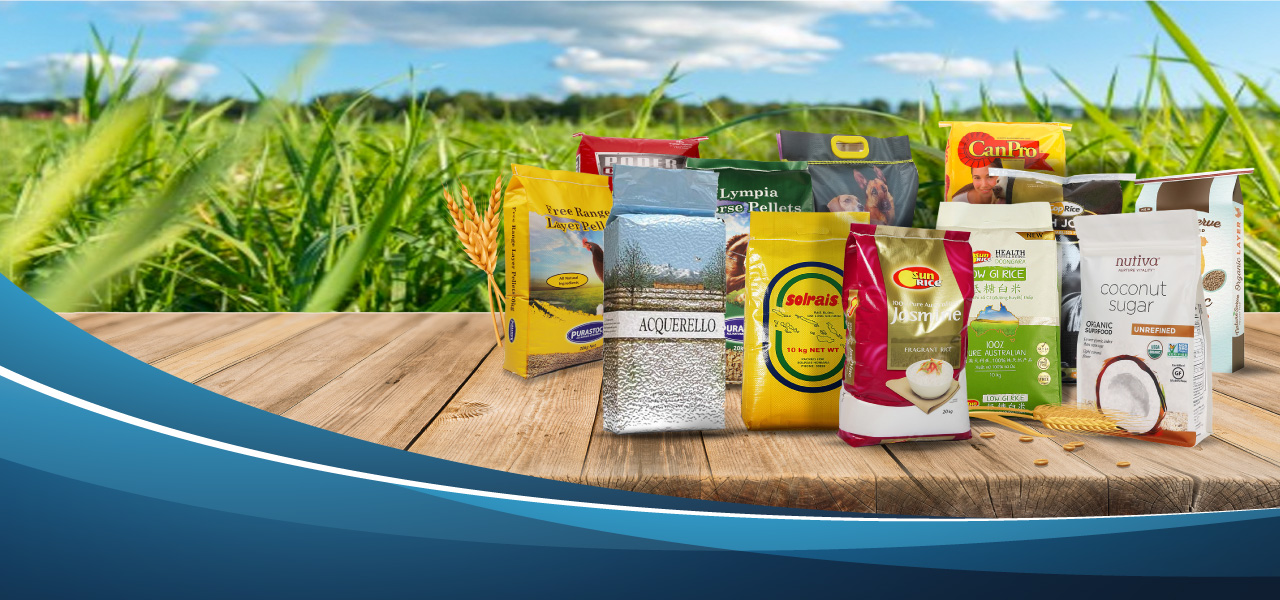
Work with the right packaging company
With all this information you can see it is really important to work with reliable packaging companies to make sure your paper packaging not only meets the Australian standards but is eco-friendly, and sustainable. Primepac works with small to medium-large businesses to ensure their packaging is of a high quality design while ticking all the right boxes.
About Primepac
At PrimePac, we bring together design experts and brand innovators to create fresh ideas, customized packages, and fully efficient processes, at the same time ,we design creative packaging solutions that cater to a diverse global audience with the in-house knowledge and network of experienced professionals to meet the demands of every type of client.
However, from our dedicated sales team and warehouse staff in Australia to the experts at our production facilities in China, all of our employees are guided by four core values at the heart of our business: integrity, innovation, passion, and engagement.
Conclusion
In this article we have discussed the 4 major paper packages, what are the Australian standards and how to ensure your packaging meets them. We have also covered the bases of what is sustainable packaging and what you can do as a business to help our environment. If you are looking for where to source your packaging in China then check out our top 10 factories, or contact us today to see if Primepac can help your business needs.
